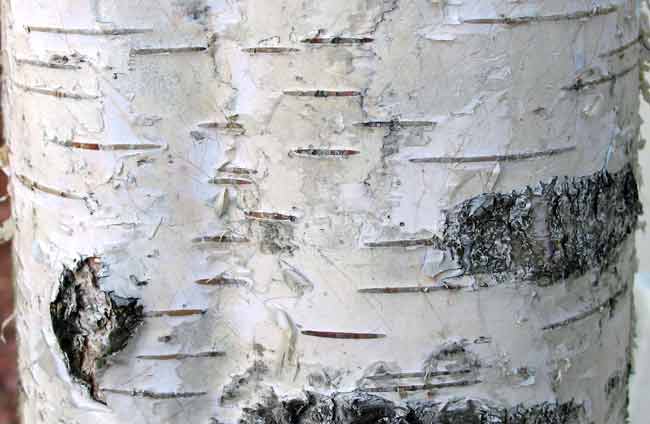Structure of Higher Plants
1/75
There's no tags or description
Looks like no tags are added yet.
Name | Mastery | Learn | Test | Matching | Spaced |
|---|
No study sessions yet.
76 Terms
4 root functions
Absorption
Transportation
Storage
Plant support
What 2 things do roots absorb
Water
Nutrients
What 4 things do roots transport
Water
Nutrients
Sugars
Plant growth regulators
How do the roots provided plant support?
Anchorage
Function of root hairs
Involved in absorption of nutrients from the soil
Function of root cap + meristem
Conducting tissue, involved in conducting moisture + nutrients to the plant
4 basic types of roots
Fibrous
Tap
Tuberous
Adventitious
Fibrous root definition
Main root is branched + most roots are of similar size
Benefit of fibrous roots
Effective for controlling soil erosion
2 examples of fibrous roots
Grasses
Strawberry
Tap root definition
One (or two) main central root
Tap root function
Stores food reserves
Tap root example
Carrot
Tuberous root definiton
Areas of root are swollen
Tuberous root function
Starch storage
Tuberous root example
Potato, sweet potato
Adventitious root definition
Form at any place on the plant other than the root formed during germination
Where do adventitious roots originate from?
Stem or leaf tissue
Which root type may originate naturally or can be stimulated to form artificially from cuttings?
Adventitious roots
2 examples of adventitious roots
Corn
Tomato
3 functions of stems
Attachment
Conduction
Storage
3 things that stems support
Leaves
Flowers
Fruits
What does stem conduction refer to?
Metabolites
4 types of metabolites (in conduction function of a stem)
Sugars
Water
Plant growth regulators
Proteins
2 things that stems store
Metabolites
Pigments
4 stem structures
Lenticel
Node
Internode
Bud
Lencticel purpose
Gas exchange (pore)

Identify the stem structure
Lenticel
Node
Leaf + bud attachment
Internode
Stem portion between nodes
Bud
Underdeveloped or compressed stems, leaves and/or flowers
Terminal bud
Bud at the end of a stem
Axillary bud
Bud at the base of a petiole or branch
Adventitious bud
Bud that arises from internodes or leaves
Crown
Compressed stem
Spur
Woody stem with restricted growth
Stolon
Horizontal stem that rings along the soil surfrace
Tendril
Twines around objects for support
Prickle
Sharp projections along the stem; primarily at internodes; can break off
Thorn
Sharp axillary branch, primarily at nodes, cannot break off
4 below ground stems
Bulb
Corm
Rhizome
Tuber
Bulb
Compressed, modified shoot; disk-shaped stem surrounded by fleshy leaves
2 types of bulbs
Tunicate
Non-tunicate
Tunicate bulb
Covered with dry scaly leaves that serve as protection
Non-tunicate bulb
No outer covering
Corm
Swollen stem base; solid stem structure with distinct nodes (horizontal lines) and internodes
Rhizome
Horizontal underground stem; primarily for storage
Tuber
Enlarged underground stem; primarily for storage
2 functions of leaves
Photosynthesis
Transpiration
2 purposes of transpirations
Promotes water uptake
Cooling the plant
2 functions of stomata
Gas exchange (CO2 to water vapor)
Cooling
Blade
Broad flat surface w/ receptor pigments
Petiole
Positions leaf and contains vascular system for transportation; connection to stem
Stipule
Small leaf structure at the base of the petiole
Spines
Sharp, pointed leaves; protect plants; modified stipules
Midrib
Central vein of the leaf; usually continuous with the petiole
Margin
The rim or final limit of the blade
Simple leaf shape
One leaf attached to a petiole
5 forms of simple leaves
Pinnate
Palmate
Needle
Awl
Scale
Pinnate
Veins extend from a single midrib
Palmate
Veins extend from multiple midrib
Needle
Narrow blades that are grouped in bundles
Compound leaf shape
Contains multiple leaf blades attached to a petiole
4 forms of compound leaves
Single
Palmate
Double
Trifoliate
Compound-single
Leaflets arranged along an axis
Compound-double
Leaflets arranged along 2 axes before attaching to the stem
Compound-trifoliate
3 leaflets originate from 1 central point on the petiole
Compound-palmate
Leaflets attached to a single petiole forming the outline of a palm
3 leaf arrangements
Alternate
Opposite
Whorled
Alternate leaf arrangement
One leaf per node
Opposite leaf arrangement
2 leaves per node
Whorled leaf arrangement
3 or more leaves per node
3 leaf attachments
Sessile
Petioled
Sheathing
Sessile
Leaf directly attached to stem
Petioled
Leaf attached to petiole
Sheathing
Leaf base enwraps stem